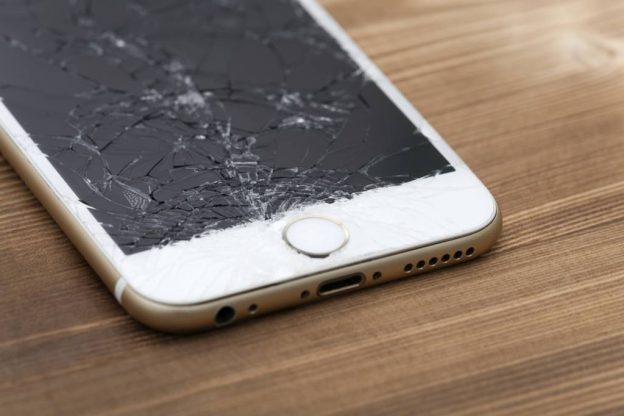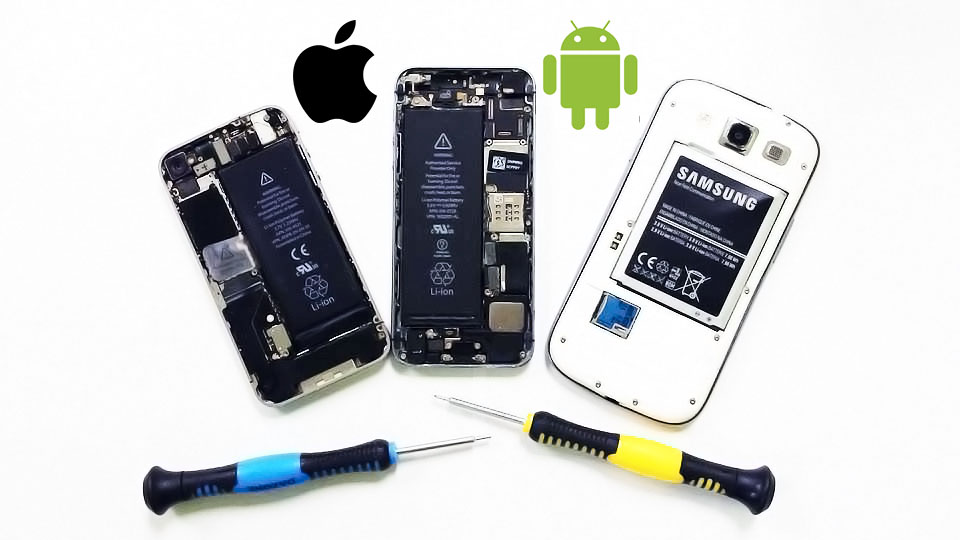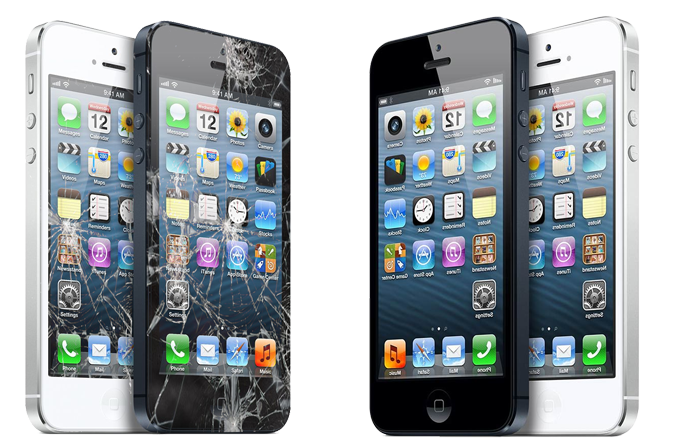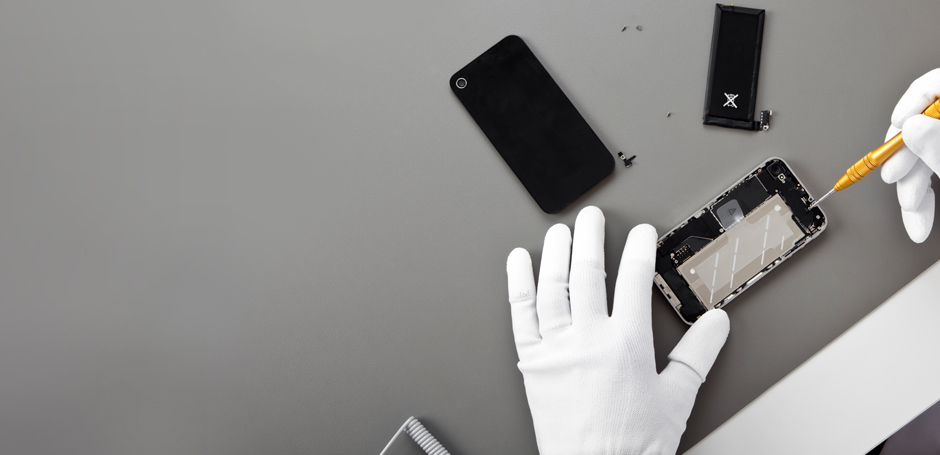The screen protector for a smartphone is perhaps one of the best, and powerful, accessories you should have to compliment and guard your device. The logical use of a screen protector is simple to understand, but what could be more involved in the actual type of the screen protector. That’s right there are a few different types, with each having its benefits. Before you set a screen protector on your phone, consider the popular models and materials they’re made from:
1.Ultra-clear screen protector – Highly transparent so that it can provide a sharp, clear view of the screen. These screen protectors can block UV rays and come with a non-adhesive silicone back which makes it easy to take off and replace.
2.Anti-glare screen protector – Ideal for people who use their smartphones outdoors and want to block the glare from UV rays. These types of screen protectors also prevent fingerprint coating in addition to being scratch resistant.

3.Conventional screen guards:
What we commonly call the scratch guard is the simplest and the cheapest choice available to defend the screens. These are clear and slim. The most significant part is that as they are thin, it seems like they are not there. So if you have a rounded screen on your smartphone, this one would be the most comfortable option. They help protect the screen from scratches. There are some that come with the matte finish to resist smudges and fingerprints. But some of the bright protectors that come with bright finish might sometimes be fingerprint magnets in spite of being able to guard the screen against scratches. There are clear phone screen protectors made of plastic, but these might be slightly difficult to install.
4.Glass screen guards:
Screen protectors made of tempered glass have become famous recently. These are thicker than the standard phone screen protectors. Tempered glass protectors come either as clear ones or slightly tinted. If you are looking to protect your phone screen from cracks and loss, this is the real deal. Though they are thick, they adhere to the mobile screen correctly and can take the impact when the phone is dropped unexpectedly. So before the screen damages the tempered glass protector cracks. Though they are slightly more valuable than the other screen protectors, this value would be much less than that made for the replacement of the real screen. These are very easy to install. As they are created of glass, much like the first screen, they also feel like the initial screen. But the fact that they are slightly raised might be a turn off for some users.
Privacy screen guards:
One of the thickest options for screen guards this help decrease the viewing angles and thus increase the privacy. The screen perceptibility is blacked out from the sides. So people would not be able to look into your smartphone screen while you are using it. These are high-priced, and the main difficulty is that these are not very simple to find. You might not be able to get privacy screen guards for all the models of smartphones.
Are Glass Screen Protectors Better Than Plastic Ones?
The Variations Between Plastic and Glass Screen Protectors
Price: Plastic screen protectors are inexpensive than tempered glass ones. Depending on the quality, you will give anywhere between $1 for a pack of five to $10 for a single plastic protector. Glass protectors again begin at around $2 for the lowest alternative and go up to $35. The price variation is because of the quality of the plastic or glass, and technologies applied to it like an oleophobic coating (which reduces fingerprints).
Toughness: Tempered glass is almost always sturdier than plastic at the same price. Plastic protectors—especially the cheap models—also get scratched easily, unlike glass ones. Glass protectors are around 0.3-0.5 mm in thickness; plastic is about 0.1mm.
Feel: Most smartphones today have Gorilla Glass or some other scratch-resistant screen. When you add a plastic protector, you can feel the difference when you use your phone; especially regarding how simply your finger slides. Tempered glass protectors seem more like the original screen.
Look: Because of their thickness, glass protectors will bulge out a bit more than plastic. This is particularly noticeable on devices like the iPhone 5 or the HTC One. The protector is slightly increased from the flush finish of the sides, which can be an aesthetic issue for some. On the iPhone, this also means your Home button is recessed more than you’re used to. I know 0.5mm seems like a small number, but you can feel the difference.
Installation: If you’ve installed a plastic screen protector, you know how hard the process is. There are diverse kinds of glass protectors (full-adhesive or bezel-adhesive), but usually, they are easier to install if you use a quality product. Of course, you’ll still have to clean the screen first.
Which Glass Protector Should I Get?
I’m not a fan of the cheaper variants of tempered glass protectors because of bad experiences with them, but there are lots of people who are happy with those. Apart from the installation, I’ve found two problems with these. First, the oleophobic layer and the quality of the glass is not good enough. You will see fingerprints, and you’ll be able to tell that it’s not as good as your actual phone. To me, that defeats the goal of a glass protector. Second, I have trouble with multi-touch input while gaming when more than two fingers are involved. This isn’t a dealbreaker, but it can be frustrating at times. If you are purchasing a tempered glass screen protector, it makes sense to spend a little money and go for the slightly pricey ones.
Rocketfix is a progressive organization which offers iphone screen repair benefit directly before you at your doorstep. Their working model is truly great and straightforward. Prior where you needed to give your broken telephone to repair search for a week or notwithstanding throughout recent months, you can get your telephone settled in only 60 minutes. This astonishing administration is given by Rocketfix. This exceptional administration isn't accessible for everybody.




